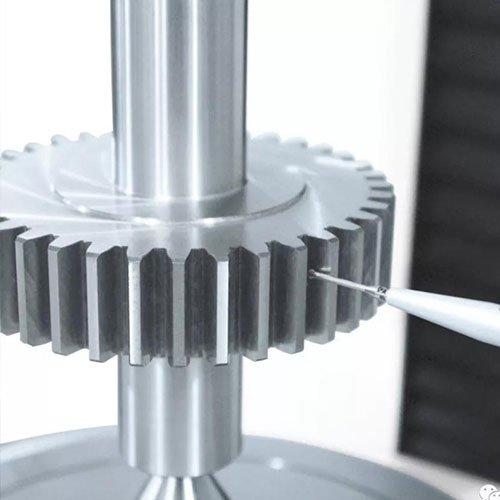Planetary gearbox design is a crucial aspect of modern engineering, enabling efficient power transmission and torque control in various applications. In this article, we will delve into the intricacies of planetary gearbox design, discussing its components, working principles, and customization trends.
The Components and Working Principles of Planetary Gearbox Design

A planetary gearbox consists of several key components: a sun gear located at the center, multiple planet gears that revolve around the sun gear within an outer ring or annulus gear, and a carrier that holds the planet gears together. The interaction between these components allows for versatile speed reduction or increase.
The working principle behind planetary gearbox design involves distributing torque among multiple planet gears to achieve high efficiency and compactness. As the input shaft drives the sun gear rotationally, it engages with each planet gear through meshing teeth. This creates simultaneous rotations of both individual planets around their own axes while orbiting around the central axis.
This unique arrangement enables higher torque output compared to traditional parallel-axis gear systems while maintaining compact size due to load sharing among multiple gears.
The Advantages of Planetary Gear Reducers
planetary gear reducers offer numerous advantages over other types of gearing systems:
- High Torque Density: Due to load distribution across multiple planet gears, planetary gearboxes can handle high torques without compromising on size or weight.
- Precision Control: With precise tooth engagement and low backlash characteristics inherent in their design, planetary gear reducers ensure accurate motion control in various industrial applications.
- Efficiency: The coaxial alignment of input and output shafts minimizes power loss, resulting in high efficiency and reduced energy consumption.
- Compactness: The compact size of planetary gearboxes makes them ideal for applications where space is limited, such as robotics or automotive systems.
The Customization Trends in Planetary Gearbox Design
In recent years, customization has become a significant trend in planetary gearbox design. Manufacturers like INEED Motors have embraced this trend by offering tailored solutions to meet specific customer requirements. Customization options include:
- Gear Ratio Selection: Customers can choose from various gear ratios to optimize speed reduction or increase according to their application needs.
- Housing Materials and Coatings: Different materials and coatings can be selected based on environmental conditions, ensuring enhanced durability and corrosion resistance.
- Motor Integration: Planetary gearboxes can be seamlessly integrated with motors of different types (e.g., DC motors, stepper motors) to provide complete drive solutions for diverse applications.
- Noise Reduction Measures: Customized designs may incorporate noise reduction features such as helical gears or improved lubrication systems for quieter operation.
In Conclusion
Planetary gearbox design plays a vital role in modern engineering by enabling efficient power transmission and torque control. With its unique components and working principles, planetary gear reducers offer advantages such as high torque density, precision control, efficiency, and compactness. Moreover, the growing customization trends allow manufacturers like INEED Motors to provide tailored solutions that meet specific customer requirements. As technology advances further, we can expect continuous innovation in planetary gearbox design to cater to evolving industrial needs.</p
